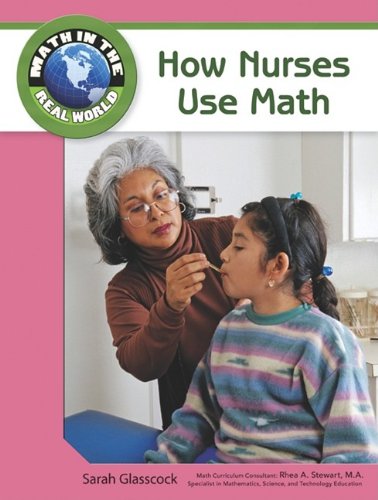

Most ebook files are in PDF format, so you can easily read them using various software such as Foxit Reader or directly on the Google Chrome browser.
Some ebook files are released by publishers in other formats such as .awz, .mobi, .epub, .fb2, etc. You may need to install specific software to read these formats on mobile/PC, such as Calibre.
Please read the tutorial at this link. https://ebooknice.com/page/post?id=faq
We offer FREE conversion to the popular formats you request; however, this may take some time. Therefore, right after payment, please email us, and we will try to provide the service as quickly as possible.
For some exceptional file formats or broken links (if any), please refrain from opening any disputes. Instead, email us first, and we will try to assist within a maximum of 6 hours.
EbookNice Team

Status:
Available0.0
0 reviews
ISBN 10: 1604136073
ISBN 13: 9781604136074
Author: Sarah Glasscock
Chapter 1: Medication Dosages
Calculating accurate medication dosages for patient safety.
Chapter 2: Measurement Conversions
Converting between different units of measurement in medical contexts.
Chapter 3: Fluid Intake and Output
Monitoring and calculating patient fluid balance.
Chapter 4: Vital Signs and Percentages
Interpreting vital signs and understanding percentage changes.
Chapter 5: Body Mass Index (BMI)
Calculating and interpreting BMI for patient assessment.
Chapter 6: Time and Scheduling
Managing medication schedules and patient appointments.
Chapter 7: Data Interpretation
Analyzing patient data for informed decision-making.
Chapter 8: Conclusion
Summary of the importance of math in nursing and patient care.
how do nurses use math examples
how nurses use math
ways nurses use math
how do nurses use math in their career
how do nurses use math in their job
Tags: Sarah Glasscock, Nurses, Math